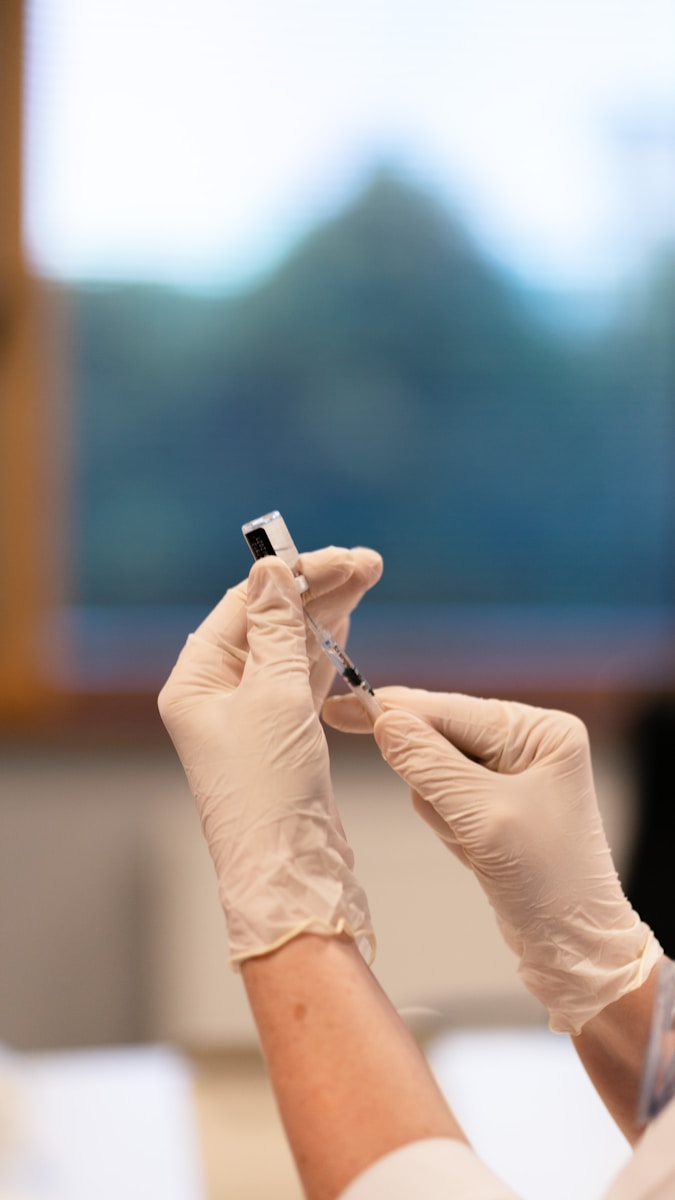Question Number: 180
PDR Number: SQ22-000550
Date Submitted: 21/11/2022
Department or Body: Department of Health
Question 80 Lipid nanoparticles (LNPs) in the COVID-19 vaccines consist of four lipids and all four are structurally similar to natural lipids. ALC-0315 and SM-102 are similar in structure and help encapsulate mRNA. ALC-0159 and PEG200-DMG are lipids attached to a polyethylene glycol (PEG) molecule. PEG is commonly used in biological medicines (e.g. pegfilgrastim, a drug stimulating the production of white blood cells). These lipids are similar to natural lipids in our body system or food. Nonclinical and clinical studies demonstrated that the LNPs in the vaccines are safe.
Question 81 See response to Question 80.
Question 82 The Senator’s assertion is incorrect. The lipids in the mRNA vaccines are not active ingredients because they do not have any therapeutic effects. They have not been found to be harmful to the human body in the studies reviewed by the Therapeutic Goods Administration (TGA). Repeat dose toxicity studies in rats with doses of lipid nanoparticles (LNPs) in the Pfizer vaccine approximately 100 times the human clinical dose, showed no systemic toxicity except for local reactions at the injection site and immune response-related findings. Fertility was unaffected in nonclinical studies in animals receiving Pfizer vaccine doses 100 times the human dose in a reproductive and developmental toxicity study. Similarly, repeat dose toxicity and reproductive toxicity studies in rats with vaccine formulations containing LNP used in the Moderna COVID-19 vaccine or other vaccines containing the same LNPs at LNP doses up to 50 times the human clinical dose showed no systemic toxicity.
Question 83 The DNA of every cell is naturally and continuously damaged by endogenous sources, such as metabolic by-products (e.g. reactive oxygen species). Natural, lesion-specific DNA damage repair mechanisms exist in human bodies to restore DNA integrity. Potential reversible or irreversible DNA damage by exogenous factors like lipids in mRNA COVID vaccines could be assessed from genotoxicity studies. In vitro and in vivo genotoxicity tests of the cationic lipid SM-102 in the Moderna vaccine were negative. Genotoxicity of the cationic lipid, AC-0315 in the Pfizer COVID-19 vaccine was not studied. However, the human dose of this lipid from the vaccine is below the internationally-agreed threshold of toxicological concern for substances with less than 10 doses per year. Thus, the chance of genotoxicity or carcinogenicity of this substance is below the natural background level.
Question 84 There is no scientific basis to justify a description of lipids as being “infectious”. The lipids in the LNPs enable the faster delivery of the mRNA into host cells to direct transient expression of S antigen (spike protein) and elicitation of immune responses. The safety of the LNPs was assessed in nonclinical toxicity studies in animals dosed with the LNP formulated mRNA vaccines, which did not indicate any safety concern for the lipid excipients. See also responses to Questions 80 and 82.
Question 85 Nonclinical studies showed that LNP-mRNA constructs are mostly distributed to the site of injection (muscle) and in the draining lymph nodes and spleen, and to a lesser extent, other tissues. This is following an intramuscular injection of the LNP-encapsulated mRNA vaccine, resulting in the transient expression of S-protein. However repeat dose toxicity studies in rats with doses of LNPs in the Pfizer and Moderna vaccines up to 100 times the human clinical dose, showed no systemic toxicity except for local reactions at the injection site and immune response-related findings. There were no adverse effects on red blood cells or white blood cells or on the bone marrow reported in these studies. Increased white blood cell counts in the animal studies reflect the desired immune response to the vaccine.
Question 86 In a biodistribution study in rats with LNP (containing a radiolabelled lipid-marker) encapsulating luciferase mRNA, the lipid-marker was mainly detected in the injection site and liver with low distribution in spleen, adrenal glands and ovaries. It is unclear whether the radioactivity determined in ovaries and other tissues distant to the injection site was the LNP, the lipid maker only or a breakdown product of the LNP. Importantly, the mRNA and LNP dose in the distribution study was considerably higher than the human dose on a µg/kg body weight basis. Therefore, much less LNPs, if any, would be found in ovaries in clinical scenarios. Reproductive toxicity studies in rats with the Pfizer or Moderna vaccine at very high doses showed no effects on fertility or pregnancy. See also response to Question 82. The TGA is not aware of any national or international clinical studies either by sponsors or in reputable scientific journals that suggests mRNA vaccines affect human female ovaries. Question 95 The lipids and vaccine do not induce an autoimmune response. In nonclinical studies where three to doses of the COVID-19 LNP-mRNA vaccines were administered to animals (where each dose was up to 200 times the human dose), there were no findings of autoimmune reactions. See also the response to Question 86. There is no published or sponsor clinical data we know of that confirms a causal link between the development of new autoimmune diseases and mRNA vaccination. Large amounts of post-market surveillance and real-world data continue to confirm that the benefits of COVID-19 vaccination continue to outweigh the known risks.






























